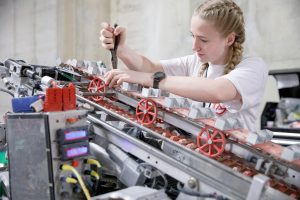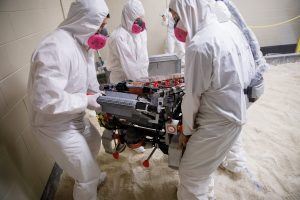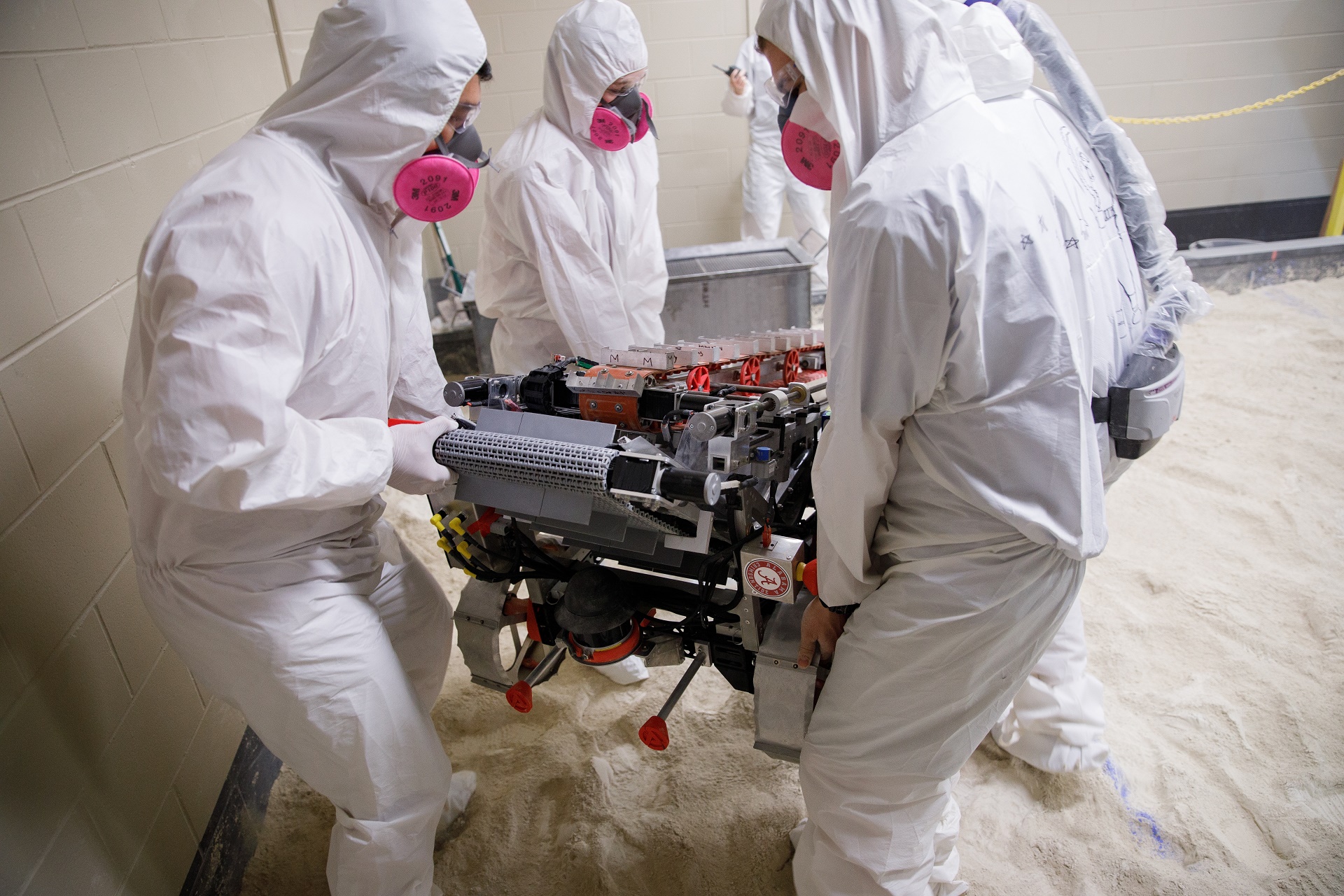
TUSCALOOSA, Ala. — Can you say dynasty?
For the fifth consecutive year, the student robotics team from The University of Alabama won NASA’s grand prize in its Robotics Mining Competition.
“When the final results came out, it was a huge relief to finally see that all the hard work my team and I put in was worth it,” said Max Eastepp, a senior from New Orleans who serves as team lead of the squad, known as Alabama Astrobotics.
Made up of 60 students, primarily from UA’s College of Engineering, Alabama Astrobotics won the Joe Kosmo Award for Excellence, the grand prize, in NASA’s 2019 robotic mining competition, NASA announced. UA’s teams previously placed first in 2012 and from 2015-2018.
This year’s NASA competition was held virtually, rather than on-site at NASA’s Kennedy Space Center. Teams were judged on systems engineering papers and outreach project reports and with the options of submitting systems engineering plans and slide demonstrations.
In addition to the top prize, UA’s team also won first place for its systems engineering paper, its slide presentations and demonstrations and second place for its outreach report.
“This project makes our students better engineers,” said Dr. Kenneth Ricks, adviser for Alabama Astrobotics and a UA associate professor of electrical and computer engineering.
“They go through a full design cycle with budget and schedule limitations, much like what they will encounter in industry,” Ricks said. “The students also benefit from the relationships they create with companies looking to hire good engineering graduates. This networking aspect is a significant advantage.”

In a separate event hosted at The University of Alabama, UA’s team bested 27 other robotics teams from across the nation to win first in mining, first in the Caterpillar Autonomy Awards and the SSERVI Regolith Mechanics Award.
In the Robotic Mining Challenge held at UA, teams demonstrated how a robot they built over the past year could autonomously navigate and excavate simulated lunar and Martian soil, known as regolith.
“It’s significant that the UA competition results matched those of the NASA 2019 virtual competition results,” Ricks said. “This year, the NASA representatives didn’t see our design perform at Kennedy Space Center, but because the College of Engineering helped us host the mining aspect of the competition, we were able to show that our design not only worked but set a new digging record, collecting 33.1 kg of gravel in 10 minutes.”
The events are designed to provide a competitive environment to foster innovative ideas and solutions that could potentially be used during NASA journeys to the moon and Mars. NASA’s competition is expected to return on-site next year.
The UA team’s sponsors included NASA, the Alabama Space Grant Consortium, Dynetics, Emulate3D, W. Soule, MBS Machine and Crank-n-Chrome.
Contact
Chris Bryant, UA communications, 205-348-8323, chris.bryant@ua.edu
Source
Dr. Kenneth Ricks, kricks@eng.ua.edu; Max Eastepp, 504-495-4525, mteastepp@crimson.ua.edu
